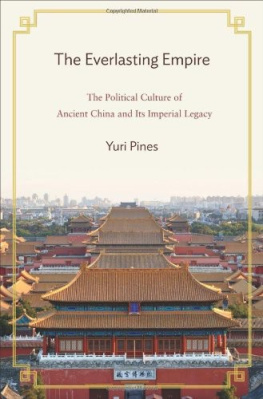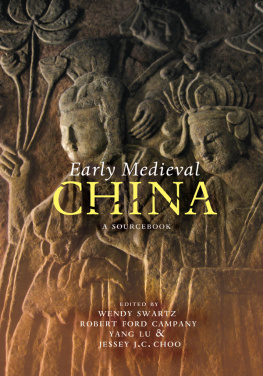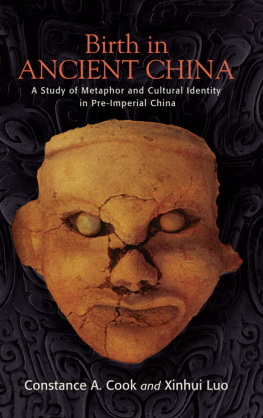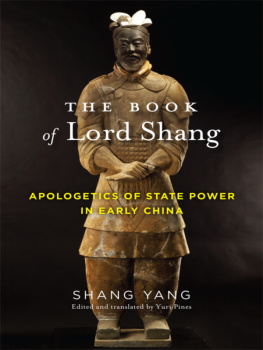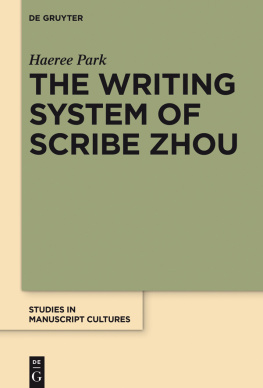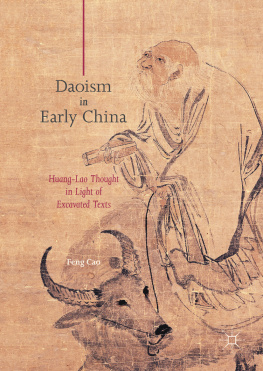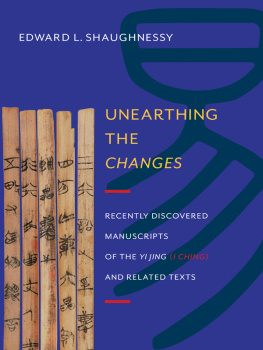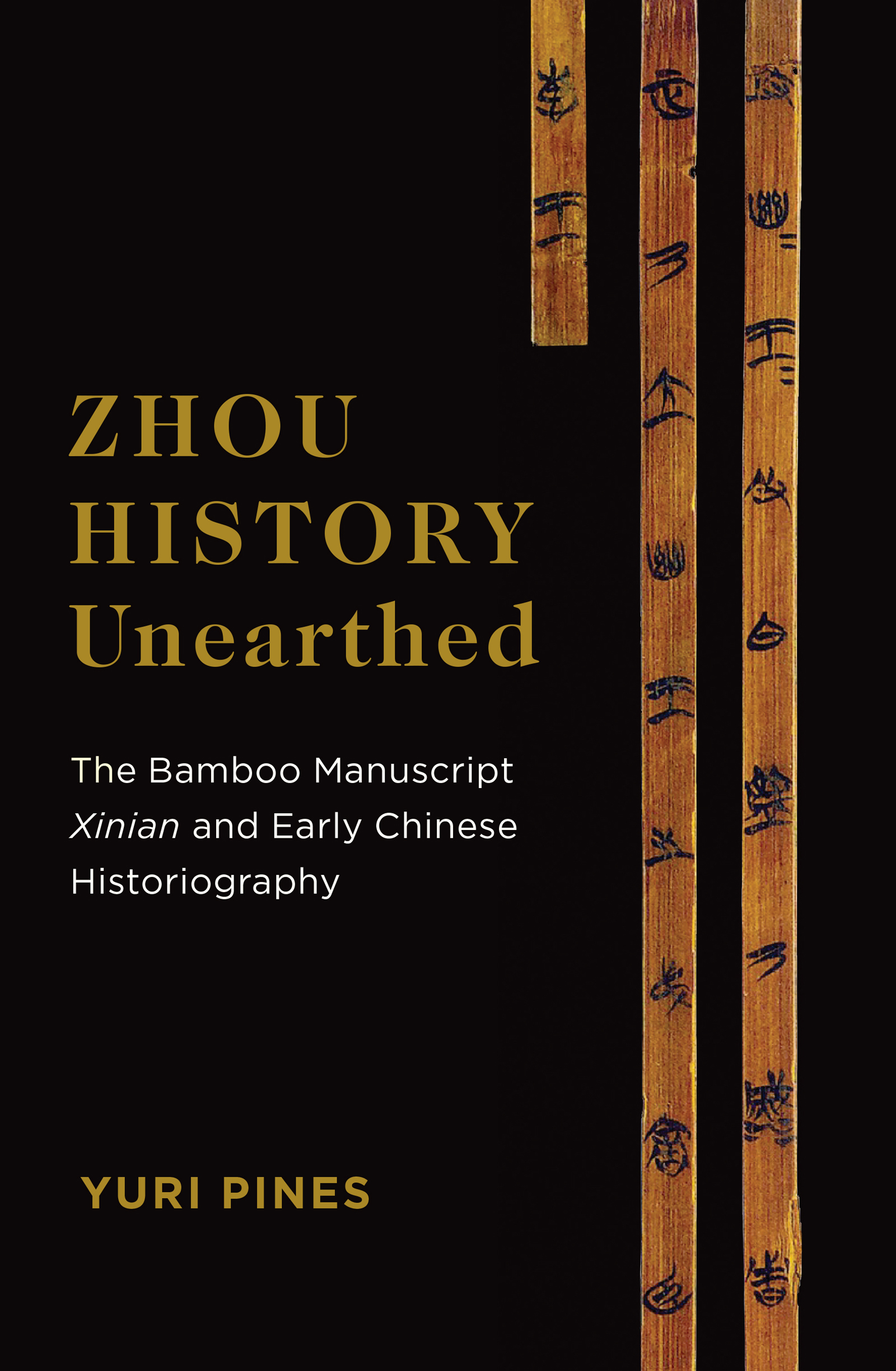Contents
Guide
Pagebreaks of the print version
ZHOU HISTORY UNEARTHED
Zhou History Unearthed

THE BAMBOO MANUSCRIPT XINIAN AND EARLY CHINESE HISTORIOGRAPHY
Yuri Pines

Columbia University Press
New York
Columbia University Press wishes to express its appreciation for assistance given by the Chiang Ching-kuo Foundation for International Scholarly Exchange and Council for Cultural Affairs in the publication of this book.
Columbia University Press
Publishers Since 1893
New YorkChichester, West Sussex
cup.columbia.edu
Copyright 2020 Columbia University Press
All rights reserved
E-ISBN 978-0-231-55175-5
Library of Congress Cataloging-in-Publication Data
Names: Pines, Yuri, author.
Title: Zhou History Unearthed : The Bamboo Manuscript Xinian and Early Chinese Historiography / Yuri Pines.
Other titles: Bamboo manuscript Xinian and early Chinese historiography | Xi nian. English.
Description: New York : Columbia University Press, [2020] | Includes bibliographical references and index.
Identifiers: LCCN 2020009651 (print) | LCCN 2020009652 (ebook) | ISBN 9780231196628 (cloth) | ISBN 9780231196635 (paperback)
Subjects: LCSH: ChinaHistoryTo 221 B.C.Historiography. | Zuoqiu, Ming. Zuo zhuan. | ChinaHistoryZhou dynasty, 1122-221 B.C.Historiography. | ChinaHistoryWarring States, 403-221 B.C.Sources.
Classification: LCC DS741.25 .P56 2020 (print) | LCC DS741.25 (ebook) | DDC 931/.03072dc23
LC record available at https://lccn.loc.gov/2020009651
LC ebook record available at https://lccn.loc.gov/2020009652
A Columbia University Press E-book.
CUP would be pleased to hear about your reading experience with this e-book at .
Cover design: Julia Kushnirsky
Cover image: Courtesy of Tsinghua University, Research and Conservation Center for Excavated Texts
Contents
I n the 1990s, when working on my dissertation on the intellectual contents of Zuo zhuan the major historical text from Chinas preimperial periodI became engaged in manifold scholarly controversies concerning that texts nature, date of composition, and historical reliability. Whereas those debates and the colleagues subsequent publications caused me to modify some of my views, I did not feel it appropriate to engage anew the topic on which so much has already been written. Recently, however, the publication of a series of newly discovered historical and quasi-historical textsmost notably Xinian from the Tsinghua (Qinghua) University collection of bamboo slipsspurred a renewed interest in the origins of Chinas historiographic tradition and its immense complexity. My new understandings are presented in this monograph.
In preparing this book I have benefited immensely from discussions with colleagues and friends, whose views helped me tremendously in modifying my conclusions and avoiding some embarrassing mistakes. I want to thank first and foremost Chen Minzhen, Steve Durrant, Paul R. Goldin, Martin Kern, Li Wai-yee, Edward L. Shaughnessy, and the reviewers of the manuscript and of my earlier related articles. I want to thank also the participants of the May 2019 symposium Rethinking Early Chinese Historiography (Institute for Advanced Study, Hebrew University of Jerusalem), whose ideas were particularly enriching. Needless to say, any lingering mistakes and inaccuracies are mine.
In undertaking the research for this book, I was supported by the Israel Science Foundation (Grant 240/15) and the Michael William Lipson Chair in Chinese Studies. This work was published with the support of the Israel Science Foundation (Grant 6/20).
A ll translations in the text are mine unless otherwise indicated.
In translating passages from the Spring and Autumn Annals and Zuozhuan, I borrow from the recent translation by Stephen Durrant, Li Wai-yee, and David Schaberg (2016), modifying when necessary.
Whenever I refer to a transmitted text that has a stable division into chapters (pian ) and sections/paragraphs (zhang ), I refer only to the number of a chapter and a section/paragraph separated by a period. Whenever such a division does not exist, I identify, whenever relevant, the scroll (juan , indicated by Roman numerals) and the chapter (pian ); they are separated by a period and are followed by the page number of the modern edition, separated by a colon.
Whenever I cite a recently unearthed text, I indicate the slip number according to the sequence proposed by the original publishers; the characters are normally written in their modern form according to the editors or other scholars suggestions. In a few cases of debatable characters, I provide their image as published by the texts editors or an alternative reading.
In translating Xinian and other unearthed texts I add missing words in square brackets. In parentheses I add short explanations that should facilitate reading: mostly the names under which historical personages are more commonly known and years of the events according to the common chronology. In Chinese text in bold square brackets I add the number of the bamboo slip.
Throughout this monograph I mark with an asterisk the titles of unearthed manuscripts if they were given by the contemporary editors. To avoid alienating the reader with too many asterisks, I do this only at the first occurrence of the manuscripts name.
One of the thorniest questions for a translator of terminology related to the Spring and Autumn period is dealing with the aristocratic ranks of that age. The problem is aggravated by the fact that a single Chinese word can have multiple meanings. Thus whenever a five-grade division of regional lords (and of the leading nobles from the Zhou royal domain and from the state of Chu) is concerned, it makes sense to translate gong as duke, hou as marquis, bo as earl, zi as viscount, and nan as baron. But note that most regional rulers were posthumously referred as X + gong, in which case a neutral lord is preferable. Hence, I normally translate YX + gong as Lord X of Y when X stands for a posthumous name and Y for the state; however, I translate Duke of Y or Marquis of Y when the text refers to the persons status. I invariably translate Gongzi as Ducal Son and Gongsun as Ducal Grandson. Bo also has different meanings: it can refer to ones birth sequence (the elder), to ones rank (earl), or to ones position as a regional overlord. The term zi is even more confusing, because, aside from being a designation of ones rank (viscount), it served as a common polite designation of persons of noble status. As such it could be added to a personal name (ming ), to ones appellative (zi ), to a posthumous name (shi ) (in all these cases I simply transliterate), or to a surname, in which case I adopt Sir so-and-so. Finally, in translating heads of local administration in the state of Chu, I distinguish between gong (duke), jun (lord) and yin (governor).
Most of the reign dates in this book are given according to the chronological tables composed by Fang Shiming (1991); for the Western Zhou period, I follow the reconstruction of the Xia-Shang-Zhou chronological project (Xia-Shang-Zhou duandai gongcheng zhuanjia zu 2000). In both cases not a few dates appear to be wrong, but I use them for heuristic convenience, adding ca. whenever the dates are disputable. In reconstructing the reign dates of Chu kings of the fifth to early fourth centuries BCE, I relied on Li Rui 2013 and on the tentative reconstructions scattered through Su, Wu, and Lai 2013. Whenever relevant I utilized also the suggestions of Xiong Xianpin (2017).


